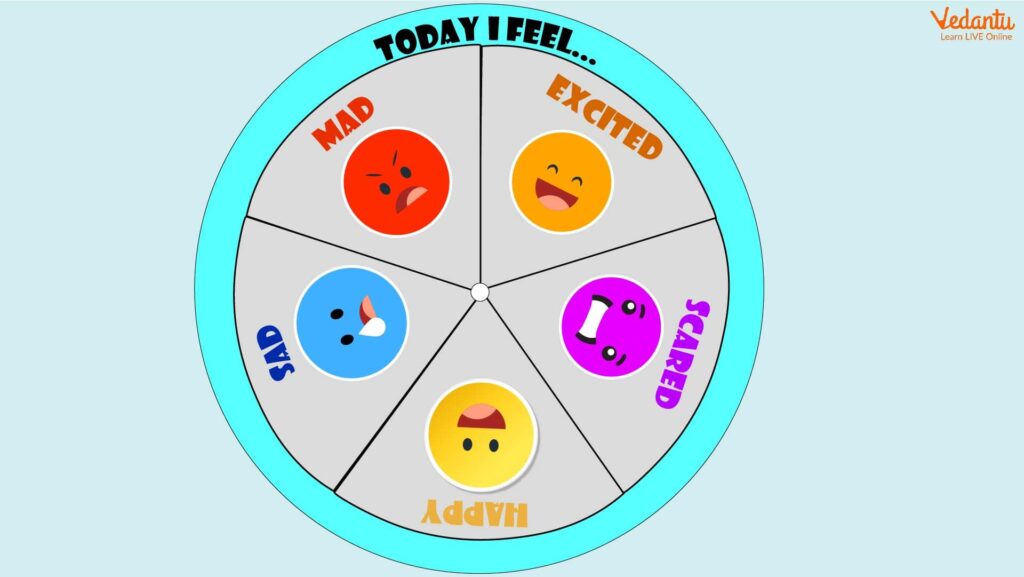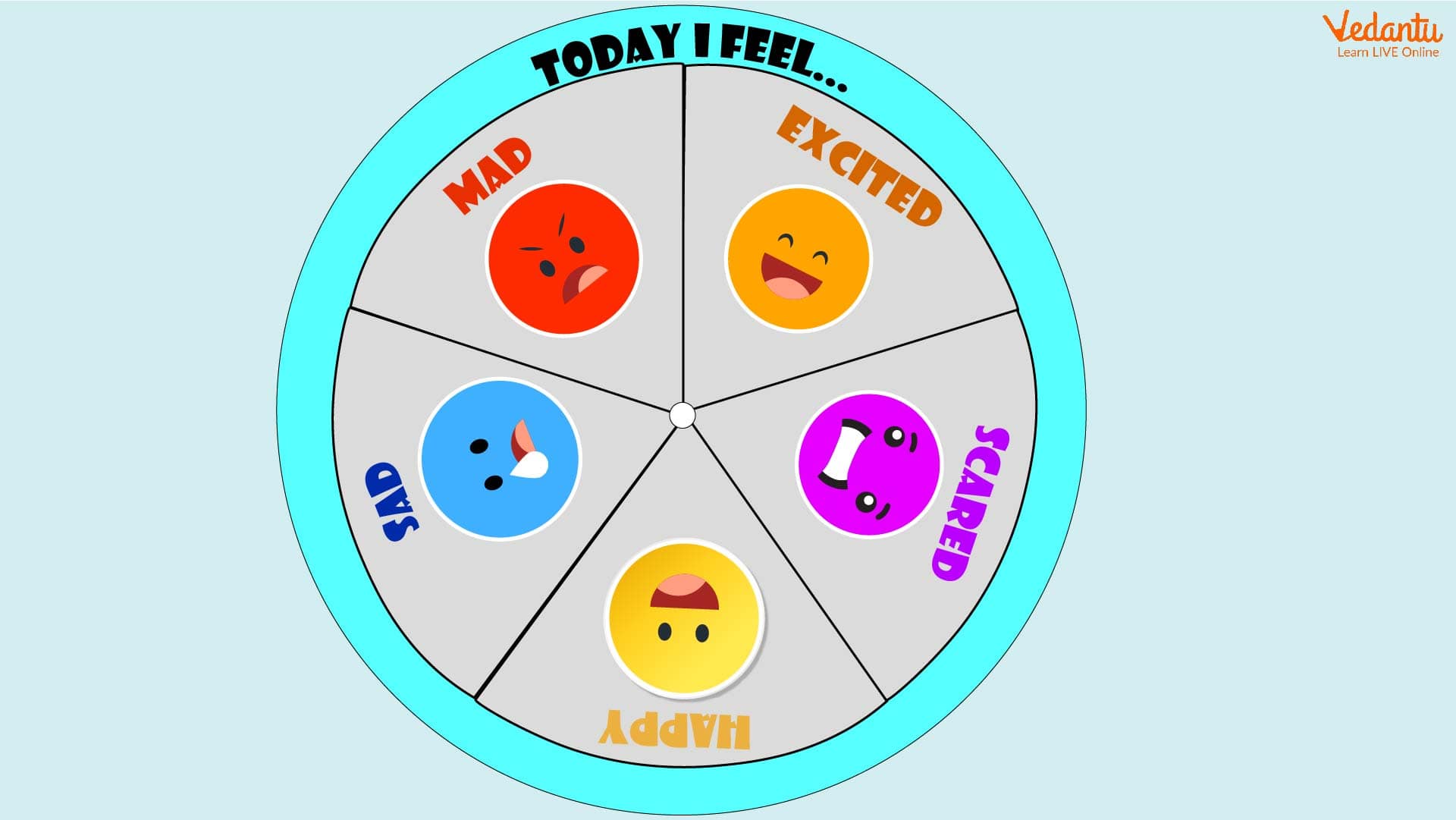
Unlocking Emotional Intelligence: A Deep Dive into the Feelings Wheel
In today’s fast-paced world, understanding and managing our emotions is more critical than ever. Emotional intelligence, the ability to perceive, use, understand, manage, and handle emotions, plays a vital role in our personal and professional lives. One powerful tool that can help us develop our emotional intelligence is the feelings wheel. This article will explore what a feelings wheel is, how it works, its benefits, and how you can use it to enhance your emotional awareness and communication.
What is a Feelings Wheel?
A feelings wheel, also known as an emotion wheel, is a visual tool that categorizes and organizes a wide range of emotions. It typically consists of concentric circles, with basic emotions at the center and more nuanced feelings branching out toward the edges. The feelings wheel serves as a reference guide, helping individuals identify and articulate their emotions more accurately. It is a valuable resource for those who struggle to express their feelings or who want to expand their emotional vocabulary.
The History and Evolution of the Feelings Wheel
The concept of the feelings wheel has evolved over time, with various versions created by psychologists, therapists, and emotional intelligence experts. One of the most well-known versions is the feelings wheel developed by Dr. Gloria Willcox in the 1980s. Her model, often referred to as the ‘Willcox Feelings Wheel,’ is widely used in therapeutic settings and self-help resources. Other variations exist, each with slightly different categories and arrangements of emotions, but the core principle remains the same: to provide a visual aid for emotional identification.
How Does a Feelings Wheel Work?
Using a feelings wheel is a straightforward process. It generally involves the following steps:
- Identify the Core Emotion: Start by identifying the basic emotion you are experiencing. These are typically located in the center of the wheel and include emotions like happiness, sadness, anger, fear, and surprise.
- Explore Nuances: Once you’ve identified the core emotion, explore the outer rings of the wheel to find more specific and nuanced feelings related to that emotion. For example, if you’re feeling sad, you might explore the outer rings to discover feelings like disappointment, grief, or loneliness.
- Articulate and Express: Use the feelings wheel to help you articulate and express your emotions in a clear and accurate way. This can be beneficial in personal reflection, journaling, or communicating with others.
Example Scenario: Using the Feelings Wheel in a Conflict Situation
Imagine you’re in a conflict with a colleague at work. Instead of reacting impulsively, take a moment to consult the feelings wheel. You might initially identify the core emotion as ‘anger.’ Then, by exploring the outer rings, you might discover that you’re also feeling ‘frustrated,’ ‘disrespected,’ and ‘anxious’ about the potential consequences of the conflict. By identifying these specific feelings, you can communicate your needs and concerns more effectively, leading to a more constructive resolution.
Benefits of Using a Feelings Wheel
The feelings wheel offers numerous benefits for individuals seeking to improve their emotional intelligence and overall well-being:
- Enhanced Emotional Awareness: The feelings wheel helps individuals become more aware of their emotions by providing a comprehensive list of feelings to consider.
- Improved Emotional Vocabulary: By using the feelings wheel, you can expand your emotional vocabulary, allowing you to express your feelings more accurately and effectively.
- Better Communication: The ability to articulate your emotions clearly can improve your communication with others, leading to stronger relationships and more effective conflict resolution.
- Increased Self-Regulation: Understanding your emotions is the first step toward managing them. The feelings wheel can help you identify triggers and develop strategies for coping with difficult emotions.
- Reduced Stress and Anxiety: By acknowledging and processing your emotions, you can reduce stress and anxiety levels, leading to improved mental health.
The Feelings Wheel and Mental Health
The feelings wheel is not a substitute for professional mental health care, but it can be a valuable tool in supporting mental well-being. It can be used in conjunction with therapy to help individuals explore their emotions and develop coping mechanisms. For example, a therapist might use the feelings wheel to help a client identify the underlying emotions contributing to their anxiety or depression. [See also: Benefits of Mindfulness Meditation].
Incorporating the Feelings Wheel into Your Daily Life
There are several ways to incorporate the feelings wheel into your daily life:
- Journaling: Use the feelings wheel as a prompt for journaling. Reflect on your day and identify the emotions you experienced. Write about the situations that triggered those emotions and how you responded.
- Mindfulness Practice: During mindfulness meditation, use the feelings wheel to observe and label your emotions without judgment. This can help you develop a greater sense of self-awareness.
- Communication Tool: Keep a feelings wheel handy when engaging in difficult conversations. Refer to it to help you articulate your feelings and understand the emotions of others.
- Self-Reflection: Regularly review the feelings wheel to assess your emotional state. Identify any patterns or trends in your emotions and consider what steps you can take to address any challenges.
Creating Your Own Feelings Wheel
While many pre-made feelings wheels are available online, you can also create your own. This can be a valuable exercise in self-discovery, as it allows you to personalize the wheel to reflect your unique emotional landscape. Start by identifying your core emotions and then branching out to more specific feelings that resonate with you. Consider the colors and imagery you associate with each emotion to create a visually appealing and meaningful tool.
Criticisms and Limitations of the Feelings Wheel
While the feelings wheel is a valuable tool, it’s important to acknowledge its limitations. Some critics argue that it oversimplifies the complexity of human emotions. Emotions are often multifaceted and can be influenced by a variety of factors, including culture, personal experiences, and individual differences. Additionally, the feelings wheel may not be suitable for individuals with certain mental health conditions, such as those who struggle with emotional regulation or have difficulty identifying their emotions. In these cases, professional guidance is essential. [See also: Understanding Cognitive Behavioral Therapy].
The Importance of Context
It’s crucial to remember that emotions don’t exist in a vacuum. They are always experienced within a specific context. When using the feelings wheel, consider the circumstances surrounding your emotions. What events or situations triggered them? What thoughts and beliefs are associated with them? By understanding the context of your emotions, you can gain a deeper insight into your emotional experiences and develop more effective coping strategies.
The Future of Emotional Intelligence and the Feelings Wheel
As emotional intelligence becomes increasingly recognized as a crucial skill in both personal and professional settings, the feelings wheel is likely to remain a valuable tool for emotional development. Advancements in technology may lead to the creation of interactive feelings wheels that can provide personalized insights and recommendations. Furthermore, research into the neuroscience of emotions may inform the development of more comprehensive and nuanced models of emotional experience. The feelings wheel provides a tangible way to start understanding and naming your feelings. [See also: The Power of Positive Affirmations].
The Growing Importance of Emotional Literacy
In an increasingly interconnected and complex world, emotional literacy – the ability to understand and express emotions effectively – is more important than ever. The feelings wheel can play a vital role in promoting emotional literacy, particularly among young people. By introducing children to the feelings wheel at an early age, we can help them develop the emotional skills they need to navigate the challenges of life and build healthy relationships. The feelings wheel is a great resource for parents and educators alike.
Conclusion
The feelings wheel is a powerful tool for unlocking emotional intelligence and enhancing emotional awareness. By providing a visual guide to a wide range of emotions, it helps individuals identify, articulate, and manage their feelings more effectively. Whether you’re seeking to improve your communication skills, reduce stress, or simply gain a deeper understanding of yourself, the feelings wheel can be a valuable resource. So, take a moment to explore the feelings wheel and embark on a journey of emotional self-discovery.

